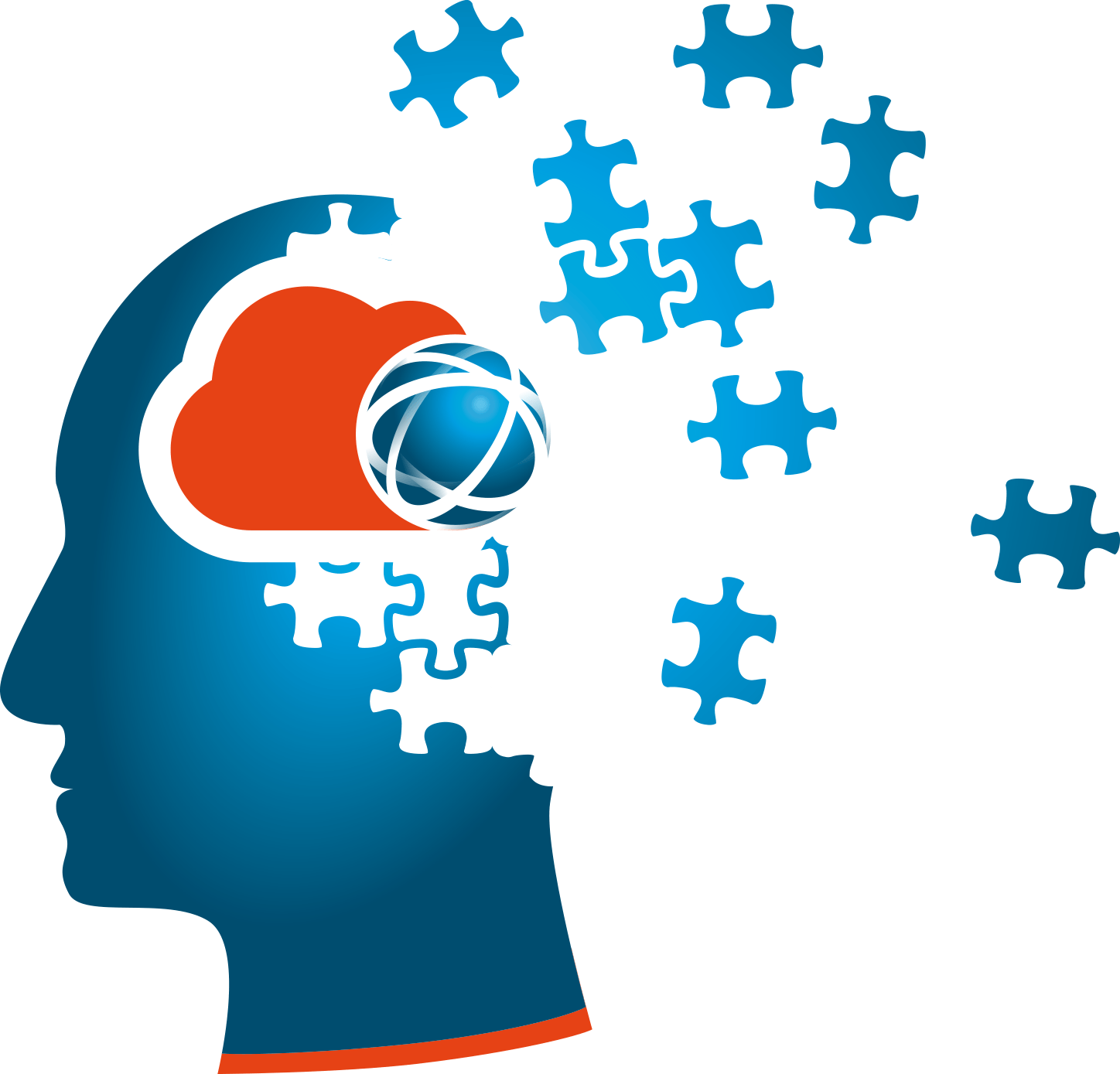AI and Public Affairs
- Why, what, how, and what not to do?

Tim Berners-Lee once said:
“It's difficult to imagine the power that you're going to have when so many different sorts of data are available.”
And the wielding of which power is what Public Affairs Professionals need to hammer out.
It’s difficult to imagine.
I’m not talking about using AI for general use cases such as summarising a text, or asking ChatGPT questions to which you get a kind-of-okay answer. Useful, but easy. It’s not really bursting into the higher echelons of lobbying virtuosity.
I’m just asking you to imagine:
what would you really want to achieve in the area of professional public affairs?
- Automated stakeholder-issue mapping for your policy or dossier?
- Detecting political patterns between MEP Amendments and Commission Public Consultations?
- Stance analysis of MEPs, officials, on specific issues, dossiers, amendments, etc.
- Prediction of future legislation
- PA evaluation and KPI measurement
These are, at least to me, the more interesting use cases we as Public Affairs Professionals could imagine.
And if we can imagine them, and can describe them in sufficient detail, then it may be possible to solve them. So, where do we start then?
Digitalisation and AI: Why?
Let’s first establish that the business case for digitalisation of public affairs is about improving the Return on Engagement (RoE). The RoE is a function of the Outcome of Engagement divided by the Cost of Engagement (CoE):
We can increase RoE by increasing OoE and / or decreasing CoE.
In normal words:
- We can increase the lobbying outcome by increasing the effectiveness of our engagement
- We can increase the lobbying outcome by decreasing the cost of our engagement (i.e. increasing our efficiency)
Digitalisation and AI lend themselves to helping both numerator and denominator. Some examples:
Effectiveness (OoE)
- Improve member / stakeholder experience
- Deliver better narratives, messaging
- Increase opportunities to engage / win
- Increase governance and compliance
- Machine readability of positions, narratives
Efficiency (CoE)
- Reduce analysis time
- Gain influencing advantage
- Increase team collaboration
- Improve employee performance
- Higher process efficiency
Digitalisation and AI: What?
If we accept the why question, the next question is how? There are several lenses we can look through to imagine and discover Public Affairs use cases that are interesting to solve.
- There’s the Policy Process lens: look at the policy process from start (societal problem, public consultation) to the end (Plenary debate, Trilogue) and choose which part you have the most trouble with, or spend the most time on, analysing and understanding.
- There’s the Task Automation lens. Look at your (professional!) agenda and see which task recur most often. Then automate those.
- There's the Collaboration lens. Take a flip chart and draw your lines of collaboration. With your colleagues, with your clients, your trade associations, etc. Look at the data flows between them (side note: you’ll probably discover a lot of powerpoint decks and excel sheets being pushed around). You’ll find a ton of use cases where digitalisation and AI can take over.
- Finally, there’s the Decision-Making lens. Look at the last couple of months and list the large and important decisions you and your (leadership-) team made. Did you make the right calls? Did you have the correct data, intelligence at hand to actually make a good decision? Personally I find this lens the most interesting one, because decisions lead to high profits (or losses) and AI can really improve our decision making through the likes of pattern detection etc.
Digitalisation and AI: How?
Once the What is answered, the How gets much easier to answer. First, selection of the data you want to solve your use case is of course critical. There is so much data about, that it really takes skill to choose and find the data that you need. Second, and only as the last step, choose the technology and type of Artificial Intelligence that is going to use the data to solve your use case.
Digitalisation and AI: what not to do?
Why do things often go wrong? Many organisations make big mistakes: they start with pulling in a lot of data. They then get swamped and lose sight of what they need it for. Building a DATA LAKE is very 2010. Building solutions ON TOP of a web of (open source) data is the way to go.
Other organisations think that buying the latest tech, the shiny software and the promising subscriptions (such as daily monitoring / policy updates / flashy dashboards) is going to cut the mustard for them. But getting fire-hosed a mountain of data to you via daily emails brings more workload and frustration than it alleviates. Do you actually do things with that data? Remember: there’s already enough data. The question is: how to turn it into intelligence.
Digitalisation and AI: Keys to success
Having built a startup in the area of Digitalisation, AI and public affairs, I've learnt some lessons on my way.
First and foremost: stick with the order in which to do things: defining your use case, select good data, and close off by choosing the tech / AI that is fit for purpose.
Whilst your going through these stages, bear in mind:
⇒ Keep a clear business impact and objectives as your north star
⇒ Start small and move fast
⇒ Track progress and report
I hope this helps you with imagining the power of data for Public Affairs.
Tim Werkhoven - founder Lobium.ai
Digital Public Affairs



Stay updated, add your name and email below
Neem contact met ons op
Thank you for contacting Digital Public Affairs. You have subscribed for our newsletter. You can always unsubscribe once you have received your first newsletter.
Probeer het later nog eens.